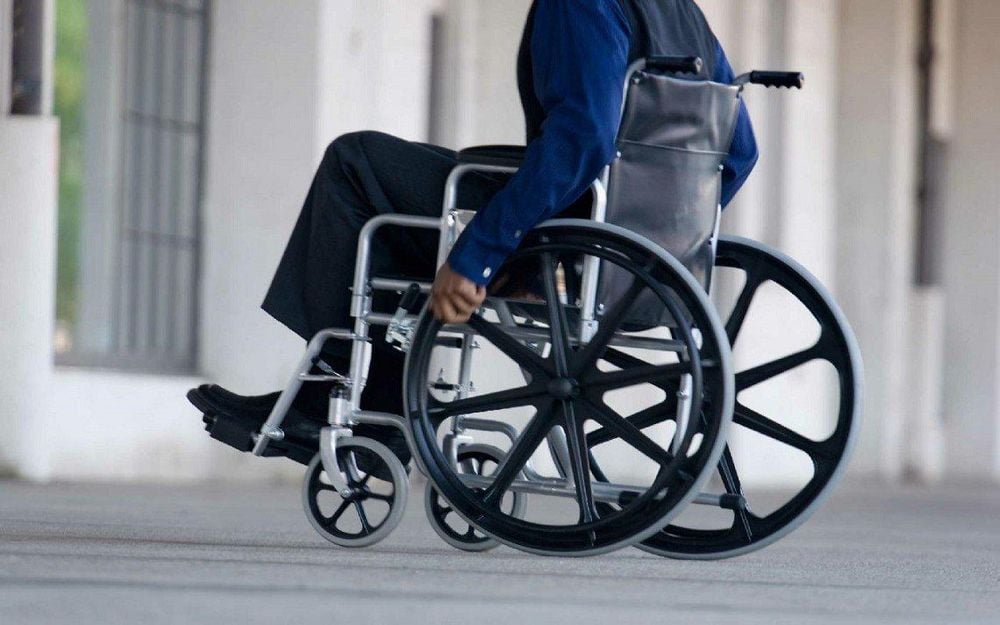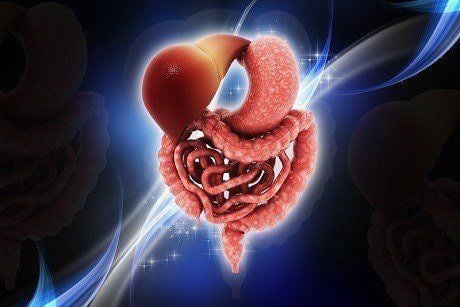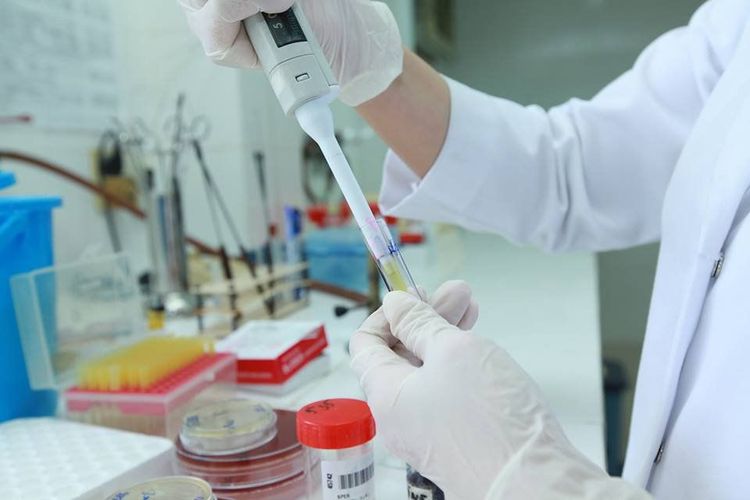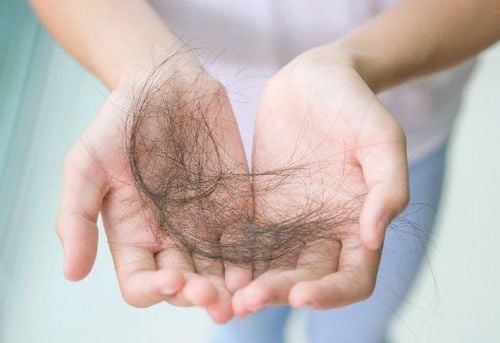This is an automatically translated article.
The article is professionally consulted by Master, Doctor Vu Tan Phuc - Gastroenterologist - Department of Medical Examination & Internal Medicine - Vinmec Phu Quoc International General HospitalInfection with gnathostomiasis has many different forms, the most dangerous is the neurological form. Neurological complications cause many complications that can be fatal.
1. Learn about gnathostomiasis
Human gnathostomiasis is an infectious disease caused by the larvae of Gnathostoma spinigerum from dogs and cats. How is gnathostomiasis transmitted? Infected people come into contact with the flesh of vectors, including fish, amphibians, crustaceans, and birds. Larvae from intermediate hosts enter human body tissues and move slowly to many different tissues in the body forming a process of swelling of subcutaneous tissue, especially larvae will destroy the structure when they die inside. brain or eyes. Pinworm disease is divided into many different types. The most common are visceral and subcutaneous parasites. The rarest form of gnathostomiasis is the neurogenic form - the most dangerous form due to complications of the central nervous system. This form is characterized by painful symptoms of radiculopathy, paraplegia of the lower extremities, and a clinical picture of meningitis.

2. Symptoms of gnathostomiasis
-Systemic symptoms: The disease has an incubation period of 3-7 days. Patients may have symptoms such as mild weakness, fever, urticaria, loss of appetite, nausea, vomiting, diarrhea, and fatigue.
Other symptoms depending on the situation where the larvae migrate to?
Larvae migrate to the skin and soft tissues manifested by many mobile tumors under the skin, pain, itching, sometimes swelling, and redness in many areas of the skin such as allergies. Then it can form abscesses or tunnels under the skin in the hips, chest, temples... and end when the larvae emerge from the abscesses under the skin. The phenomenon of larval migration can last for many months or years. The larvae migrate to the lungs causing symptoms such as cough, chest pain, shortness of breath, hemoptysis, coughing up worms, causing pneumonia, pleural effusion, lung abscess. The larvae migrate to the digestive system causing symptoms like appendicitis, cholecystitis, intestinal tumor or mistaken for symptoms of gastric ulcer, duodenal ulcer, acute pancreatitis... Migration to the liver causing fever, pain in the liver area, easy to misdiagnose with hepatitis... Urinary system: blood in urine, urinary infection,...

3. Diagnosis of gnathostomiasis
Diagnosis is based on clinical symptoms.Diagnostic tests:
Diagnostic serum: ELISA and Western blot tests are highly valuable diagnostic tests, but not all medical facilities can perform these tests. A complete blood count has an elevated eosinophil count, which may be more than 50% of the total white blood cell count. Sputum examination may show worms. Histological examination: larvae may be found. In tissues, mainly eosinophils, accompanied by many strange fibroblasts, histiocytosis, giant cells.

4. Treatment of gnathostomiasis
Patients can be treated as outpatients, requiring long-term treatment, so the adherence to treatment depends largely on the patient. Some cases can be operated or surgically removed worms, especially when the disease has signs of severe local inflammation. Drugs for treatment. Currently, there is no specific treatment or effective regimen for this worm. The drugs can be used such as: Ivermectin, Albendazole, Mebendazole, Corticosteroids. Corticosteroids play an important role in treatment because of their anti-inflammatory and anti-allergic effects in: urticaria, pain, itching, erythema, nodules or central nervous system.5. Prevention
Do not eat raw or undercooked foods especially in endemic areas. Drink cooled boiled water. Wear protective gear such as gloves when handling food or handling contaminated water or meat.
Please dial HOTLINE for more information or register for an appointment HERE. Download MyVinmec app to make appointments faster and to manage your bookings easily.














